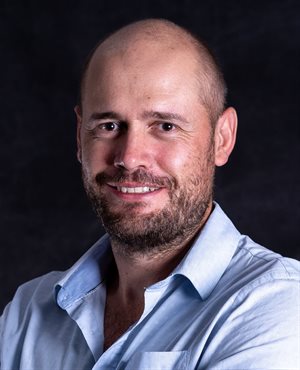
Supporting this ethos requires a clear understanding of how employees may be exposed, what they may be exposed to, and how exposure may be minimised to ensure healthy working conditions. Combined with this, government institutions' stricter health and safety regulations enforcement over the past five to 10 years has prompted many mines to adopt a proactive approach to airborne pollutant exposure by implementing effective control systems.
Classic dust and fume control is typically done with dust and fume suppression systems, and one of two types of ventilation systems are generally employed – firstly a point extraction or a local exhaust ventilation system and, secondly, a general ventilation system design to prevent worker exposure to dust and fumes.
Although these principles are well understood, the use of specialists who design and install new dust and fume suppression systems and design general ventilation controls is required to proactively address the issue of harmful airborne pollutant exposures.
Their efforts involve incorporating monitoring systems as part of ventilation solutions, and planning and designing systems to significantly reduce the possibility of harmful liberation and exposure to airborne pollutants.
To facilitate mining operations and ensure workers can return healthy and safe after each shift, it is essential to implement innovative and effective solutions to mitigate the risks of harmful airborne pollutant emissions.
Generally, airborne pollutant control specialists are qualified, experienced, independent, and knowledgeable engineers who understand the mechanisms of airborne pollutant liberation and the systems that can be implemented to minimise worker exposure. Identifying and addressing potential problems during the design phase is essential to mitigate exposure risks that may arise.

The concept of ventilation, extraction and suppression systems is not new to the industry and is generally well-known and widely implemented technology. There is, however, a constant push to innovate and continuously streamline airborne pollutant control and capture systems for efficiency and effectiveness.
For instance, in the area of dust suppression, which utilises water spray, work is being done to improve the efficiency of these systems by studying various spray and suppression technologies to fully understand and characterise the fusion of dust and water particles.
Additionally, by analysing a representative dust sample from a specific mining operation, application-specific systems can be designed and optimised to eliminate specific particle sizes and ensure optimal performance.
A significant amount of work is also being done when it comes to general ventilation systems and point extraction system design using computational fluid dynamics (CFD) ventilation and particulate flow simulation software.
Engineers can mathematically predict airflow and contaminant release behaviour and produce visual outputs. Real-time results can be produced, and accurate simulations generated of any conceivable scenario, representative of fume or dust propagation, and in any section of an operation.
CFD also supports the enhanced design of ventilation control systems suitable for a particular environment, taking, for example, particle carry velocities into account and can determine system effectiveness before purchase and installation costs are incurred.
These are just some of the new technologies that specialists use today to design and implement innovative solutions for increased efficiency and effectiveness of cost-effective airborne pollutant control systems.
Since dust and fume generation is unique to a particular process, innovative and carefully considered solutions are required for each process, to ensure maximum capture and control and minimum harm to mine personnel.